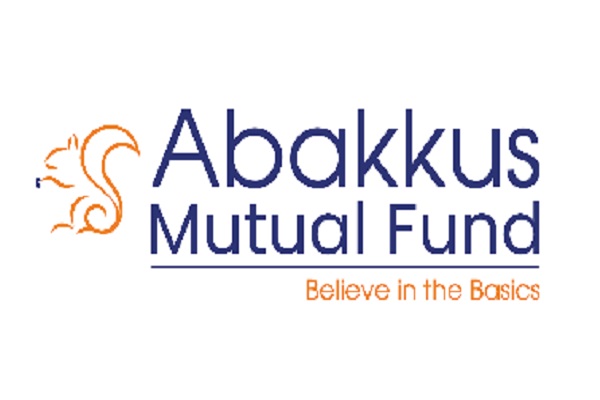Planning for Retirement in 2025: Building a Robust Corpus with NPS and Mutual Funds

Retirement planning has never been more critical than in 2025, as people face increased life expectancy, evolving financial landscapes, and rising inflation. Building a secure retirement corpus requires strategic investment choices tailored to individual goals. Among the most effective tools for retirement planning are the National Pension System (NPS) and mutual funds. Both offer tax benefits, flexibility, and growth potential, making them ideal choices for securing a comfortable retirement.
Why Retirement Planning is Crucial in 2025
- Increased Longevity: People are living longer, which means retirement savings must last longer to support a sustainable lifestyle.
- Rising Costs: Inflation impacts essential expenses like healthcare, housing, and daily living, necessitating a well-planned financial cushion.
- Lack of Pension Coverage: The shift from defined-benefit pensions to defined-contribution plans places the onus of retirement savings on individuals.
To address these challenges, combining structured schemes like NPS with market-linked investments such as mutual funds is a prudent strategy.
National Pension System (NPS): A Foundation for Retirement
The NPS, introduced by the Government of India, is a voluntary retirement savings scheme designed to provide financial stability post-retirement.
Key Benefits of NPS
* Tax Efficiency: Contributions qualify for tax deductions up to ?2 lakh under Section 80C and Section 80CCD(1B).
* Flexibility in Investment Choice: Investors can choose between equity, corporate bonds, and government securities based on risk tolerance.
* Low Cost: The NPS is among the most cost-effective retirement schemes, with low management fees.
* Annuity Option: Upon maturity, a portion of the corpus is used to purchase an annuity, ensuring a steady income during retirement.
How to Maximize NPS Benefits
* Start early to benefit from compounding.
* Opt for an aggressive equity allocation (up to 75% for individuals under 50) for higher growth potential.
* Periodically review and rebalance your portfolio.
Mutual Funds: Flexibility and Growth
Mutual funds complement NPS by offering higher liquidity and diversified investment opportunities. They allow individuals to customize their portfolios based on financial goals, risk appetite, and investment horizon.
Types of Mutual Funds for Retirement
- Equity Mutual Funds: Ideal for long-term wealth creation due to their higher growth potential.
- Hybrid Funds: Combine equity and debt for a balanced approach, reducing risk while maintaining growth.
- Debt Mutual Funds: Suitable for risk-averse investors seeking stable returns closer to retirement.
Benefits of Mutual Funds
* Tax Efficiency: Equity-linked savings schemes (ELSS) provide tax benefits under Section 80C.
* Liquidity: Unlike NPS, mutual funds allow you to withdraw funds anytime, ensuring flexibility.
* SIP Advantage: Systematic Investment Plans (SIPs) promote disciplined investing and average out market volatility.
Strategies for Retirement Planning with Mutual Funds
* Allocate higher percentages to equity funds in your younger years and gradually shift to debt funds as retirement approaches.
* Use goal-based SIPs to ensure regular contributions towards your retirement corpus.
* Diversify across sectors and fund categories to reduce risk.
Combining NPS and Mutual Funds for a Robust Corpus
The best retirement strategy integrates the stability and tax benefits of NPS with the flexibility and growth potential of mutual funds. Here's how:
- Long-Term Growth with Equity: Maximize equity exposure in both NPS and equity mutual funds in the early years to build a substantial corpus.
- Tax Benefits: Use NPS to take advantage of tax-saving benefits, while ELSS funds can further enhance deductions.
- Risk Mitigation: As retirement nears, shift investments towards debt funds and lower-risk NPS allocations.
- Liquidity Planning: Use mutual funds for short-term needs, while NPS ensures a steady post-retirement income.
Monitoring and Adjusting Your Plan
Retirement planning is not a one-time activity. Regularly monitor your investments and adjust based on life changes, market performance, and evolving financial goals. Ensure that your retirement corpus aligns with your desired lifestyle and inflation-adjusted expenses.






















